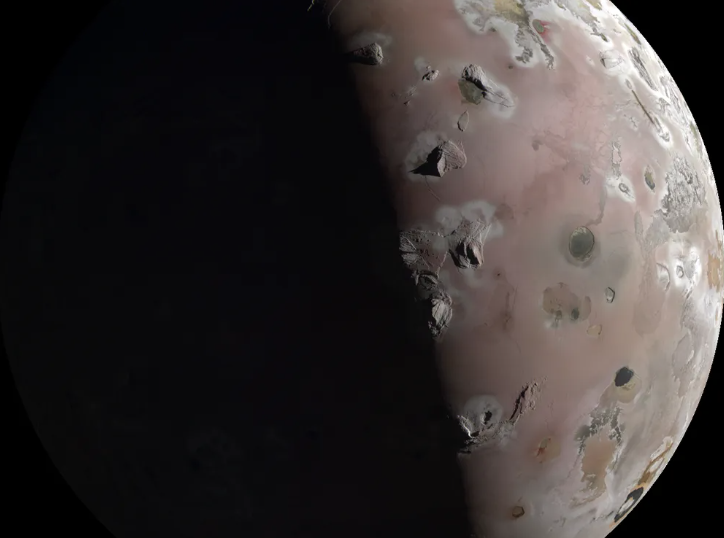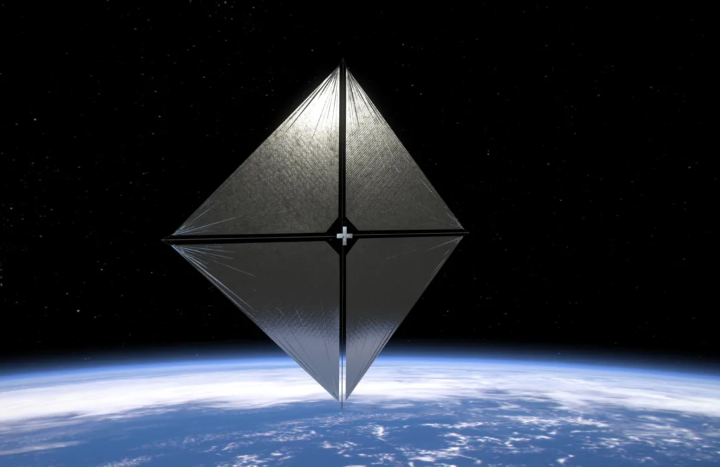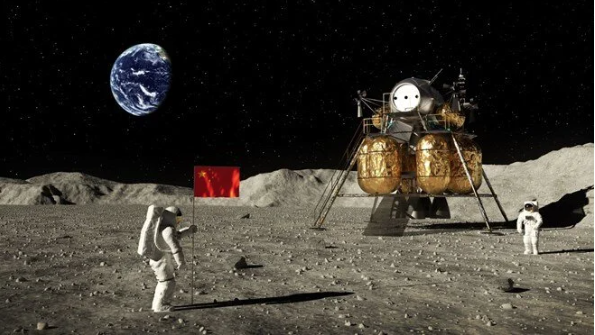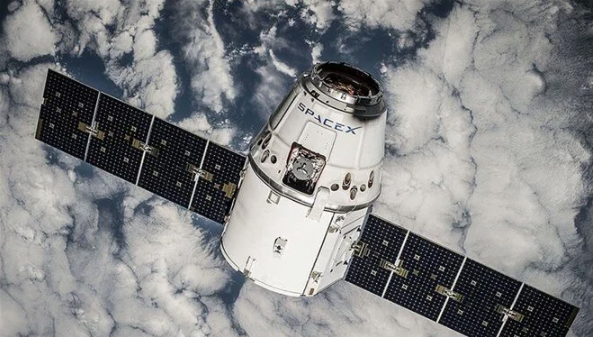NASA’s Juno probe got closer to Jupiter’s moon Io on Saturday than any other mission has in more than 20 years. Juno was projected to be roughly 930 miles from the moon’s surface during its closest approach, NASA stated in a statement before to the flyby.
The JunoCam instrument of the spacecraft, which takes color photographs in visible light, obtained six images of Io, our solar system’s most volcanically active planetary body. During the flyby, Juno’s scientific sensors are expected to have collected a considerable amount of fresh data about the moon.
read more:
- Japan’s Earthquake History and Japan’s Geological Future
- Earth may have a natural defense system to protect against asteroids
“By combining data from this flyby with our previous observations, the Juno science team is studying how Io’s volcanoes vary,” Juno’s principle investigator Scott Bolton said in a release. “We are looking for how often they erupt, how bright and hot they are, how the shape of the lava flow changes, and how Io’s activity is connected to the flow of charged particles in Jupiter’s magnetosphere.”
On August 5, 2011, NASA’s Juno spacecraft launched from Earth with the objective of studying Jupiter. On July 4, 2016, it entered orbit around the gas giant. It has since investigated Jupiter and its moons, gathering data on Jupiter’s atmosphere and innards. Juno had already sailed close to the Jovian moons Ganymede and Europa, and it captured the first photographs of Io’s north and south poles.
In addition to the JunoCam, two additional cameras on board the spacecraft observed Io during the latest flyby: a navigational star camera capable of taking high-resolution photographs of the moon’s surface and an infrared camera capable of detecting heat from volcanoes. Juno also has a few scientific equipment, such as an energetic particle detector, an ultraviolet imaging spectrograph, and a microwave radiometer.
On Dec. 30, our #JunoMission made its closest-ever approach to Jupiter’s moon Io, soaring about 930 miles (1,500 km) above the solar system’s most volcanic world.
Juno captured Io’s molten surface and will return for another look in February: https://t.co/UnZpyaFMsC pic.twitter.com/NO4iGndmZ0
— NASA (@NASA) January 2, 2024
The photographs focus on the volatile planet of Io, which is around one-fourth the size of Earth. Hundreds of volcanoes blanket the moon, some of which blast lava hundreds of kilometers into the sky. Its surface has molten lava lakes, and its volcanoes may occasionally be visible from Earth using telescopes. According to Space.com‘s Robert Lea, Jupiter’s enormous gravity, as well as those of its big moons Europa, Ganymede, and Callisto, contributes to the creation of the volcanoes.
Juno’s most recent flyby occurred during its 57th orbit around Jupiter. Juno took 53 days to complete an orbit around the gas giant when it initially arrived. Io’s latest encounter decreased its orbit from 38 to 35 days.
The JunoCam instrument aboard our #JunoMission acquired six images of Jupiter's moon Io during its close encounter today. This black-and-white view was taken at an altitude of about 1,500 miles (2,500 kilometers). More images will be available soon at https://t.co/mGfITRe57Y pic.twitter.com/9GcamrhxPt
— NASA Solar System (@NASASolarSystem) December 31, 2023
Juno is expected to once again perform a close flyby of Io from around 930 miles away on February 3. This upcoming flyby and the one from last weekend are the closest approaches to the moon since NASA’s Galileo spacecraft reached 112 miles from Io’s surface in 2001, reports NPR’s Joe Hernandez.
“With our pair of close flybys in December and February, Juno will investigate the source of Io’s massive volcanic activity, whether a magma ocean exists underneath its crust, and the importance of tidal forces from Jupiter, which are relentlessly squeezing this tortured moon,” Bolton says in NASA’s statement.
After the February 3 flyby, the spacecraft will only approach Io every other trip around Jupiter and will progressively travel farther and farther from the volcanic moon.
Juno will start studying the composition of Jupiter’s upper atmosphere in April. Then, in September 2025, the spacecraft’s life will come to an end. In the future, NASA’s Europa Clipper spacecraft, set to launch in October this year, will study Jupiter’s moon Europa and its vast, subsurface ocean.





